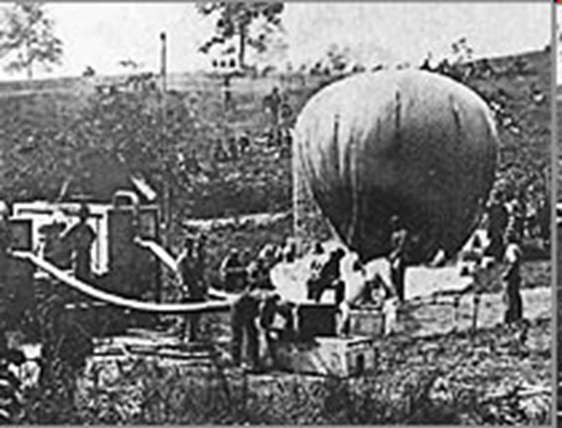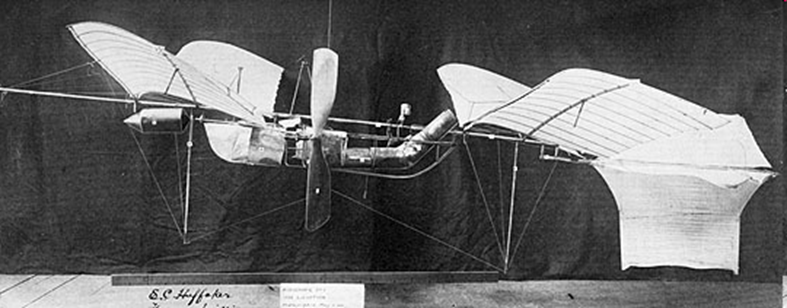In modern times, manned aviation appeared in the late 1700s and it took another century for heavier than air machines to take to the skies. Unmanned aircraft followed soon after the advent of the airplane, appearing around the time of the First World War (1916). However, the idea for a ‘flying machine’ was first conceived close to 2,500 years ago, in ancient Greece and China!
The first known autonomous flying machine has been credited to Archytas from the city of Tarantas or Tarentum in South Italy, known as Archytas the Tarantine. Archytas has been referred to as Leonardo Da Vinci of the Ancient World and was also the father of number one in number theory and the solution for doubling the cube. He was also possibly the first engineer, designing and building various mechanisms.
In 425 B.C. he built a mechanical bird, which he called “the pigeon”, shown in Fig. 2.1. According to Cornelius Gellius in his Noctes Atticae, the bird was made of wood, nicely balanced with weights and flew using air (most likely steam) enclosed in its stomach. It is alleged that Archytas’ pigeon flew about 200 meters before falling to the ground, once all energy was used. The pigeon could not fly again, unless the mechanism was reset.






